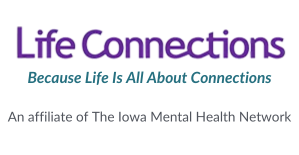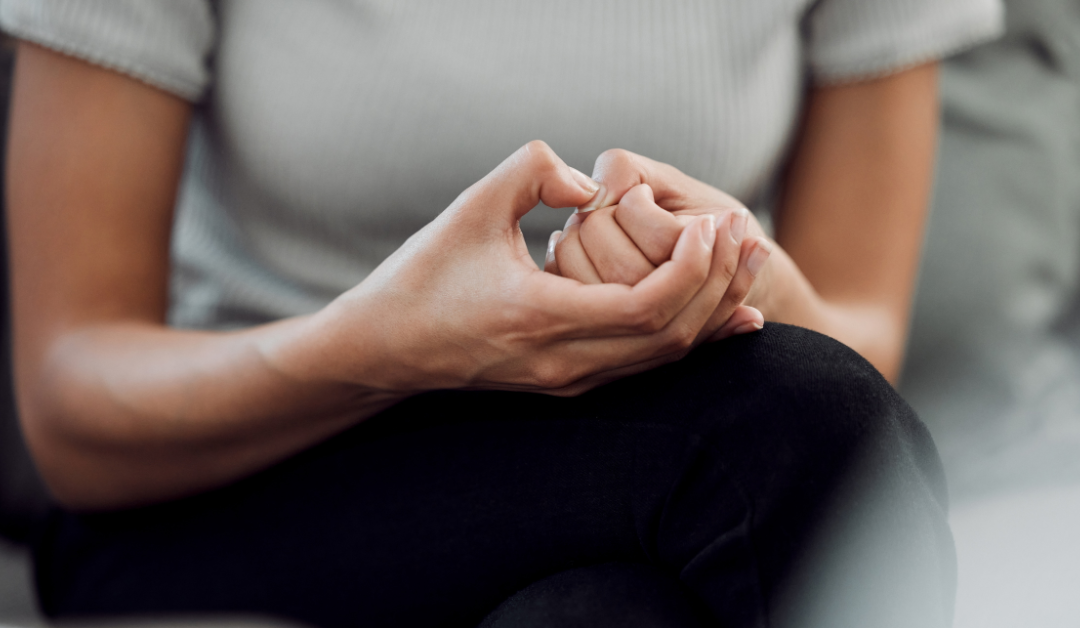Anxiety is a normal and common human emotion that serves an important evolutionary purpose. It’s a natural alarm system that kicks in when we perceive danger, helping us stay alert and focused to prepare for or avoid potential threats. However, for some individuals, anxiety can become excessive and persistent, transforming from a helpful signal into a debilitating force. There are several types of anxiety disorders that are recognized by mental health professionals.
In this blog, we’ll delve deeper into five of the most prevalent types of anxiety disorders, exploring their characteristics and how they can impact individuals.
Below are some different types of anxiety:
- Generalized Anxiety Disorder (GAD) : GAD is characterized by excessive and persistent worry about a wide range of topics, such as work, health, finances, and relationships. The worry is often difficult to control and may interfere with daily activities. Physical symptoms, such as muscle tension, fatigue, and difficulty sleeping, are also common in individuals with GAD.
- Social Anxiety Disorder (SAD) : SAD involves intense fear and anxiety about social situations in which an individual may be scrutinized or evaluated by others. This can include situations such as public speaking, meeting new people, or eating in front of others. Physical symptoms, such as blushing, sweating, and trembling, are common in individuals with SAD.
- Phobias: Phobias are intense and persistent fears of specific objects or situations, such as heights, spiders, or flying. Individuals with phobias may go to great lengths to avoid the feared object or situation, which can interfere with daily functioning.
- Obsessive-Compulsive Disorder (OCD) : OCD is characterized by persistent and intrusive thoughts, images, or impulses (obsessions) that are often accompanied by repetitive behaviors or mental acts (compulsions). Common obsessions include concerns about contamination, harm, or symmetry, while common compulsions include excessive cleaning, checking, or counting.
- Panic Disorder: Panic disorder involves unexpected and recurrent panic attacks, which are characterized by sudden and intense feelings of fear and physical symptoms such as chest pain, sweating, and palpitations. Individuals with panic disorder may also experience anticipatory anxiety, which is fear or anxiety about experiencing another panic attack.
It’s important to remember that this list is not exhaustive, and there are other less common types of anxiety disorders. Additionally, some individuals may experience symptoms of more than one type of anxiety disorder.
If you are experiencing persistent feelings of anxiety or worry, it is important to seek help from a mental health professional. They can help you determine the specific type of anxiety disorder you may be experiencing and develop a treatment plan that is right for you. Treatment for anxiety disorders may include therapy, medication, or a combination of both.
With the right treatment, individuals with anxiety disorders can learn to manage their symptoms and improve their quality of life.
Common Anxiety Questions : Q&A
What are the 3 main types of anxiety?
While it’s important to consult with a mental health professional for an accurate diagnosis, three broad categories encompass many common types of anxiety disorders:
- Generalized Anxiety Disorder (GAD): Characterized by excessive and persistent worry about various aspects of life, with difficulty controlling the worry and physical symptoms like fatigue or muscle tension.
- Social Anxiety Disorder (SAD): Intense fear and anxiety about social situations, often accompanied by physical symptoms like blushing or trembling due to the fear of being scrutinized or judged by others.
- Phobias: Intense and persistent fear of specific objects or situations, leading individuals to go to great lengths to avoid the feared triggers, which can significantly impact daily activities.
It’s important to note that these are just broad categories, and other types of anxiety disorders may not neatly fit into these classifications.
What is the 3 3 3 rule for anxiety?
The 3 3 3 rule is a simple coping mechanism to help manage anxiety in the moment. It involves:
- Look around you and name 3 things you see. Engaging your senses in the present moment can help ground you and distract from anxious thoughts.
- Take 3 deep breaths. Slow, deep breathing can help activate the relaxation response in your body, counteracting the physical symptoms of anxiety.
- List 3 things you hear. Similar to naming what you see, focusing on auditory stimuli can bring you back to the present and reduce the intensity of anxious thoughts.
Remember, the 3 3 3 rule is not a cure for anxiety, but it can be a helpful tool to manage anxiety symptoms in the short term.
What are the 5 anxiety disorders?
- Generalized Anxiety Disorder (GAD)
- Social Anxiety Disorder (SAD)
- Phobias
- Separation Anxiety Disorder: Excessive fear of separation from attachment figures.
- Agoraphobia: Fear of situations that might cause panic or feelings of being trapped, embarrassed, or helpless.
What are 5 signs you have anxiety?
While anxiety can manifest differently in individuals, some common signs include:
- Excessive worry or fear that is difficult to control
- Physical symptoms like fatigue, muscle tension, headaches, or difficulty sleeping
- Restlessness or feeling on edge
- Irritability or difficulty concentrating
- Avoiding situations or activities that trigger anxiety
If you are experiencing several of these signs for an extended period and they are significantly impacting your daily life, it’s crucial to seek professional help from a mental health professional.
They can provide a diagnosis, discuss treatment options, and help you develop coping mechanisms to manage your anxiety.
For anxiety therapists in Iowa, look no further than Life Connections.
Visit our Get Started page to start working with an anxiety specialist.
Because Life is All About Connections
Life Connections provides in-home Behavioral Health Intervention services, Therapy services, autism (ABA) services and Children’s Mental Health waiver services in our 13 office locations and approved schools across Iowa. Life Connections was founded in March of 2009 with the intent to serve the children and families of Cedar Rapids and surrounding cities.
Life Connections is a highly professional and caring counseling and behavioral health provider. We offer a wide array of services to treat mental health issues.
For more information and support, please Contact Us
Start Your Services
Start Mental & Behavioral Health Services with Life Connections | Because life is all about connections.

